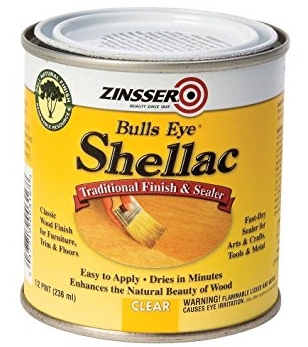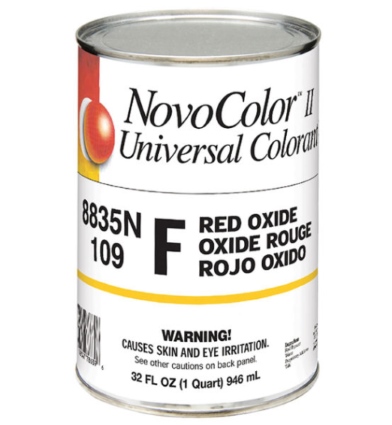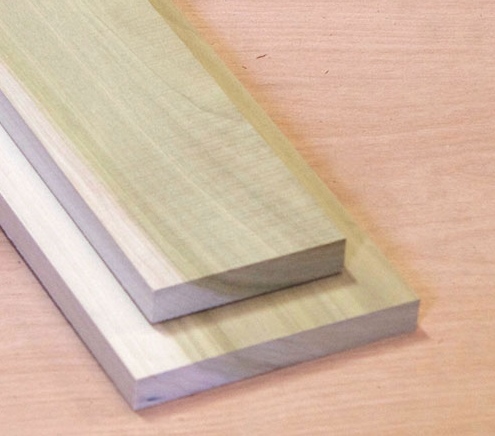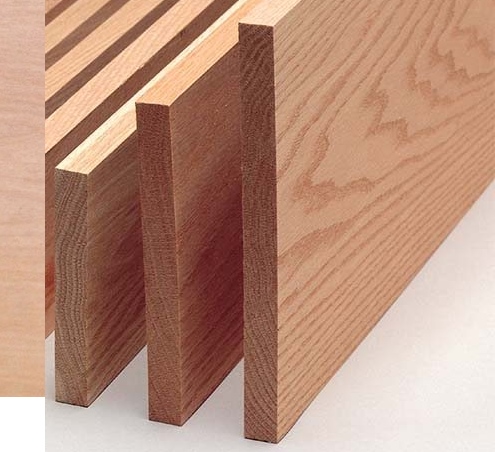July 30, 2018
3 Ways To Add Color To Shellac


Shellac is typically used by people who work with wood to give the final product an elegant finish.
It improves the beauty of your furniture without causing any damage to the wood.
Why add color to shellac?
You may want to add color to shellac if the surface in question is already coated with clear shellac and you want to touch up the finishing.
This can be done by mixing amber and clear shellac to get a color that resembles the shellac finish. This method of adding color to shellac is normally employed when an old floor is being renewed.
This leads us to the first method of adding color:
1. Amber Shellac
Amber shellac can be used to add color.

To lighten the shade, you add clear shellac to it, and to deepen the shade, you add more amber shellac to the mixture.
Ensure that you shake the mixture well and incorporate the shellac completely.
Brush the mixture on a separate (preferably disposable) surface and check the color. If there is a difference between the new and the old shellac coat, add more amber or clear shellac to get the color you want.
Other materials that can be used to add color to shellac are:
2. Dyes and Stains
Alcohol-based stains and dyes can also be used to add color to shellac.
If you want a blue/dark green color, you should add a black stain to amber shellac. And if you want to impart an intense color to the shellac, you can use a dye or stain to achieve the desired result.
3. Universal Colorants

Universal colorants are used to add a dark shade to shellac. Up to 6 oz of a universal colorant is added to each gallon of shellac.
You should mix the shellac well so that the colorant can dissolve completely. To ensure thorough mixing, use a mechanical shaker.
Conclusion
Shellac has the great feature of matching the previous coating, making it the perfect material to fix superficial scratches and blemishes on wooden furniture or surfaces.
You can get shellac in different colors, like amber, garnet and clear; these can get combined in different proportions to give the desired color. You can also use different dyes or stains to produce nearly any color you want for your shellac.
You can read more about this topic here.
Now you know the best ways to color shellac. Which one will you choose?
Posted by: woodworkworld at
02:27 PM
| No Comments
| Add Comment
Post contains 411 words, total size 4 kb.
July 28, 2018
Poplar Vs. Oak — What's The Difference?
Poplar and oak are the two main hardwoods that are used for domestic purposes.
They are different in several key areas:
- appearance
- density
- workability
- grain
- strength
- cost
- color
These are the main factors that are responsible for differences between the two hardwoods.
Let's go into each of them in a bit of detail:
1. Appearance
Poplar is mostly white with green and yellow strips. Other times, these strips may be black or purple. Poplar is considered to be bland in appearance because it has little to no grain pattern.

2. Density
Poplar has a lower density than oak. Poplar is ranked 540 on a scale that ranks all wood for density while oak is ranked 1,290 on average.

Conclusion
Poplar is generally lighter, easier to work with and cheaper than oak, and is mostly for structural components like drawers, struts, and guides. On the other hand, oak can work best for stained cabinets.
1. Appearance
Poplar is mostly white with green and yellow strips. Other times, these strips may be black or purple. Poplar is considered to be bland in appearance because it has little to no grain pattern.

On the other side, oak varies from pinkish red to light amber. Oak also has complex grain patterns that look like flames.
Both poplar and oak can be stained; however, oak reflects a more vibrant and deeper tone than poplar.
2. Density
Poplar has a lower density than oak. Poplar is ranked 540 on a scale that ranks all wood for density while oak is ranked 1,290 on average.
This difference in density implies that oak is more cumbersome to work with than poplar, whether with a miter saw (recommendations on this page) or some other tool.
The density difference also means that oak is much more brittle than poplar, and thus when curving similar pieces oak will crack or shatter more easily than poplar.
3. Workability
Poplar is more comfortable to cut, nail, sand, and mill than oak.
3. Workability
Poplar is more comfortable to cut, nail, sand, and mill than oak.
The resilience of poplar yields to router bits, saw blades, knives, and chisels having an easier time as compared with the brittle consistency of oak.

Regular saw blades will work well on poplar, but oak will often dull these blades leading to chattering, splintering and burning on a table saw.
4. Carving
Poplar works best for the hobbyist who manipulates woods to make turnings, scrolls, small crafts, and models. The resilient and soft wood yields easily to carving tools, files, rotary tools, knives and any other equipment that may be used for carving.
4. Carving
Poplar works best for the hobbyist who manipulates woods to make turnings, scrolls, small crafts, and models. The resilient and soft wood yields easily to carving tools, files, rotary tools, knives and any other equipment that may be used for carving.
Oak, with its brittle and hard nature, is likely to chip and splinter when carved. You also needs more force when carving oak than you do with poplar.
Conclusion
Poplar is generally lighter, easier to work with and cheaper than oak, and is mostly for structural components like drawers, struts, and guides. On the other hand, oak can work best for stained cabinets.
Poplar is mostly used for components of furniture that cannot be seen.
Posted by: woodworkworld at
03:59 PM
| No Comments
| Add Comment
Post contains 403 words, total size 4 kb.
Wood Species From Around The World
|
A western Australian furniture manufacturer created this informative infographic. It clearly illustrates the use, distribution, tree size and workability of 17 wood species.
I hope you find it helpful.
Posted by: woodworkworld at
02:05 PM
| No Comments
| Add Comment
Post contains 37 words, total size 1 kb.
<< Page 1 of 1 >>
16kb generated in CPU 0.319, elapsed 0.3292 seconds.
32 queries taking 0.2385 seconds, 47 records returned.
Powered by Minx 1.1.6c-pink.
32 queries taking 0.2385 seconds, 47 records returned.
Powered by Minx 1.1.6c-pink.









